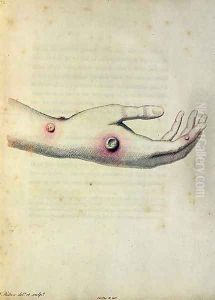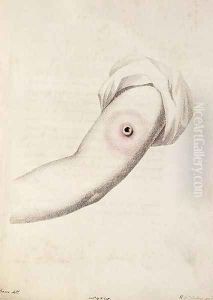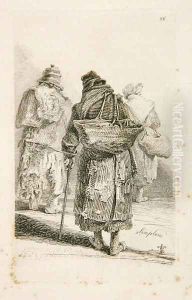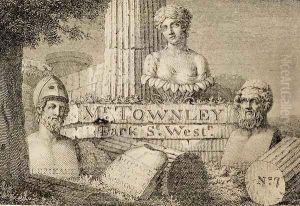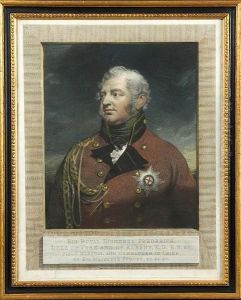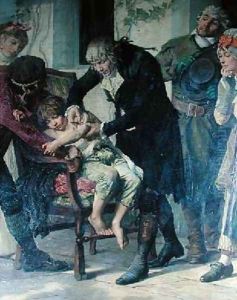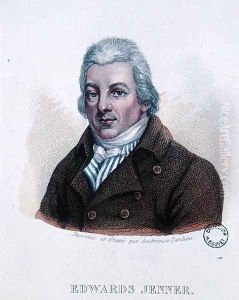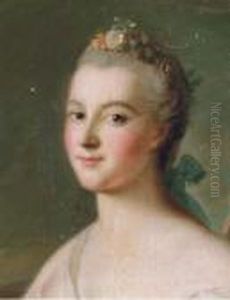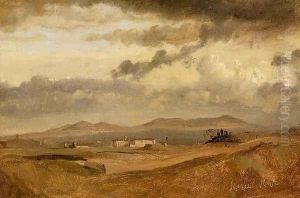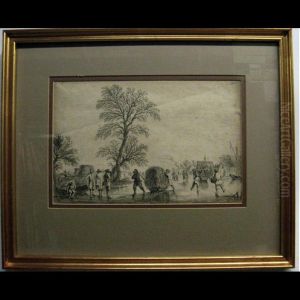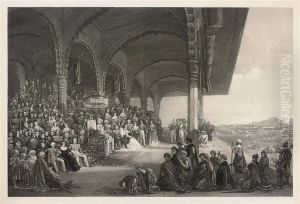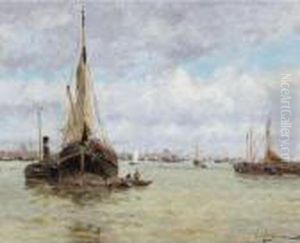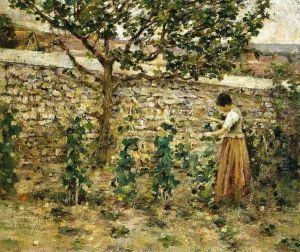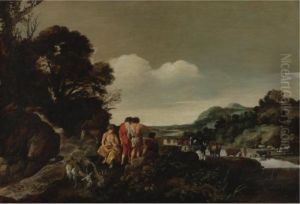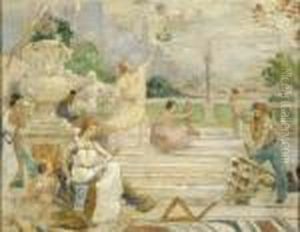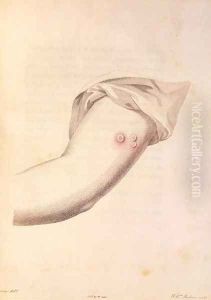





Arm of William Pead used for smallpox vaccine, from An Inquiry into the Causes and Effects of the Variolae Vaccinae by Edward Jenner 1748-1823 engraved by Pearce, c.1800
-
About Reproduction
Discover the allure of art with our faithful reproduction of "Arm of William Pead used for smallpox vaccine, from An Inquiry into the Causes and Effects of the Variolae Vaccinae by Edward Jenner 1748-1823 engraved by Pearce, c.1800", originally brought to life by the talented William Skelton. Unlike posters or prints, our hand-painted oil painting breathes an unique sense of depth and texture into your space. Every detail, every stroke, and every texture is meticulously recreated, paying the perfect homage to William Skelton and his artistic vision.
Owning this piece is more than just decoration - it's a statement of your refined taste in art. Let the vibrant colors and intricate details of this replica serve as a daily reminder of the beauty in our world. Elevate your decor and appreciate the richness of art with our replica of this masterpiece.
-
Painting Description
"Arm of William Pead used for smallpox vaccine" is an engraving by William Skelton, circa 1800, that depicts a seminal moment in medical history. The artwork illustrates the arm of a young boy, William Pead, who was one of the subjects in Edward Jenner's pioneering work on the smallpox vaccine. Edward Jenner, an English physician and scientist, is often called the father of immunology for his contributions to the development of the smallpox vaccine. His work, "An Inquiry into the Causes and Effects of the Variolae Vaccinae," published in 1798, documented his hypothesis that milkmaids who had contracted cowpox were immune to smallpox.
Skelton's engraving is significant as it visually represents the process of variolation, a method preceding vaccination, where material from a cowpox sore was used to inoculate individuals against smallpox. The image serves as a historical record of the early practice of vaccination and reflects the medical and scientific advancements of the time. The engraving not only captures a medical procedure but also stands as an artifact of the era's printmaking and engraving techniques.
As an important piece of medical illustration, Skelton's work contributes to the understanding of the history of vaccines and the eradication of smallpox. It is a testament to the collaboration between art and science, providing insight into the methods used to communicate and legitimize new medical practices to the public and the scientific community. The engraving remains a valuable visual document for historians of medicine and art alike, offering a glimpse into the early efforts to combat one of humanity's most devastating diseases.
-
Lead Time & Shipping
When you order this oil painting replica, it typically takes 2-3 weeks to paint. If the artwork is more complex, it might need a little more time to ensure the best quality. Once it's ready, we'll send you a photo for your approval. After you give the green light, we'll ship it to you for free.
-
Return & Refund
We believe in the quality of our hand-painted oil painting reproductions, and your satisfaction is our priority. If for any reason, you are not completely satisfied with your purchase, we offer a 45-day return policy. You can return your artwork within 45 days of receipt and receive a full refund. Please note that the artwork must be returned in the original packaging and in the same condition as it was received.





